
Sequels are a hard nut to crack. Hollywood’s insistence on utilizing any name brand they can get their hands on doesn’t always work. It rarely does. Just because something had a name that was worthwhile at some point, or worthwhile to a niche audience, doesn’t mean it’s going to make money, and money is what these suits want.
It’s even more bizarre when they decide to make a sequel decades after the fact to a long forgotten box office bomb. So while a certain audience may love it, it’s weird that Disney would expect that a big budget sequel to “Tron” would make enough money to justify a nine-figure budget. Or that Warner Bros. would expect a “Blade Runner” sequel to do so as well.
But there’s one thing that isn’t always a guarantee with these, and that is whether they will be good or not. Cause for every “Mad Max: Fury Road”, there’s a “Tron: Legacy”. And thankfully, “Blade Runner 2049” managed to overcome its inherent probability of being a “Tron” and fell more in line with “Fury Road”.
That this team was able to crack the code on a movie that is so iconic and singular is a miracle and one that needs to be looked at a little more clearly. So without further ado, let’s get to it. Spoilers are quite freely abound in this piece. Be warned.
10. The Return of Hampton Fancher
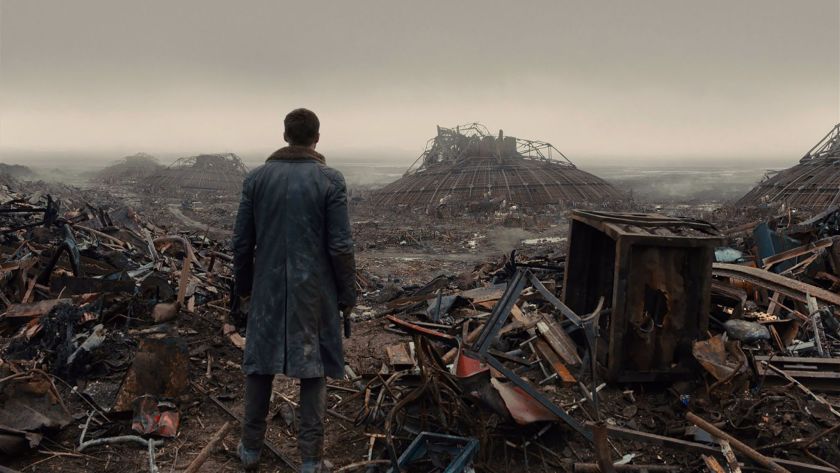
When tackling these kinds of movies so far after the original’s release, it’s hard to capture that feeling. Movies are a special kind of magic and to try to replicate it at any point is hard, but to do it so many years later is even harder. So to get at least one of the original creatives involved in the sequel is key. This time out they made a smart move by keeping on the writer of the original movie.
Hampton Fancher is a key ingredient to the success of the original movie, that much is clear now. His script on that movie helped to craft the world within and all the philosophical questions at the heart of it, really capturing the feel of Philip K. Dick in the process. His writing was not mainstream in any way, so to bring him back was a good signifier that this movie was going to do its best to stay true to the original and not play it safe.
“2049” really does not play it safe at all, feeling in no way like a typical blockbuster. It’s long and ponderous and filled with natural progressions on the themes laid out in the original, filled with subtle callbacks to the original and interesting 180s on elements laid out in the original. Fancher’s return helped cement this movie as one to not be scoffed at on its face.
9. No Ridley Scott
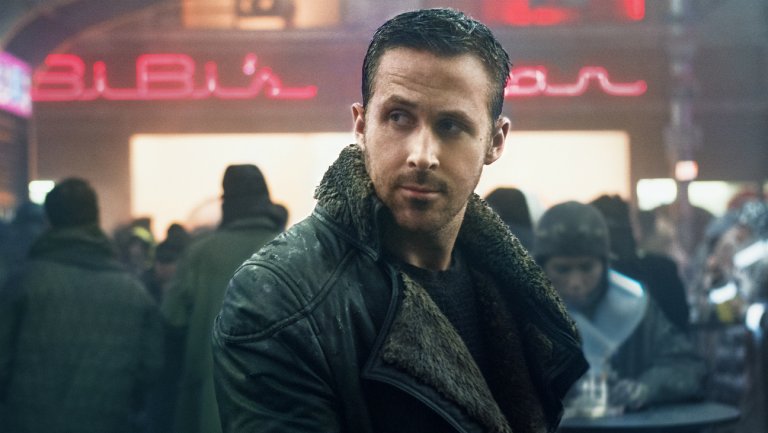
Ridley Scott helped to make the original as iconic as it is. He has always been a visual filmmaker and the work he did on the production design side of that movie reverberated throughout cinema ever since. You can see every sci-fi movie released in its wake in that first movie, and it’s thanks to Scott.
But as time has gone on to prove many a time, Scott is a man who rarely understands the stories he’s telling and he’ll muddle the hell out of the themes of a script if it isn’t airtight or he isn’t in complete narrative control.
Just look at his return to the Alien franchise with “Prometheus” and “Alien: Covenant” to see a man who fundamentally doesn’t understand why that series succeeded. Add in the nonstop misunderstanding of the original “Blade Runner” and his nonstop recutting of the movie to show a man who doesn’t get it. That and his insistence that Deckard is a replicant shows he doesn’t understand the actual narrative he was telling and that he fell ass-backwards into a classic.
So it was a godsend to us all that he decided to not return for this movie and stay dedicated to screwing up Alien movies, handing it off to Denis Villeneuve in his nonstop quest dominate Hollywood. Instead of getting a glorified production designer, we got a real director who fundamentally understands the movies he’s telling and makes choices to heighten the movie.
8. Ryan Gosling
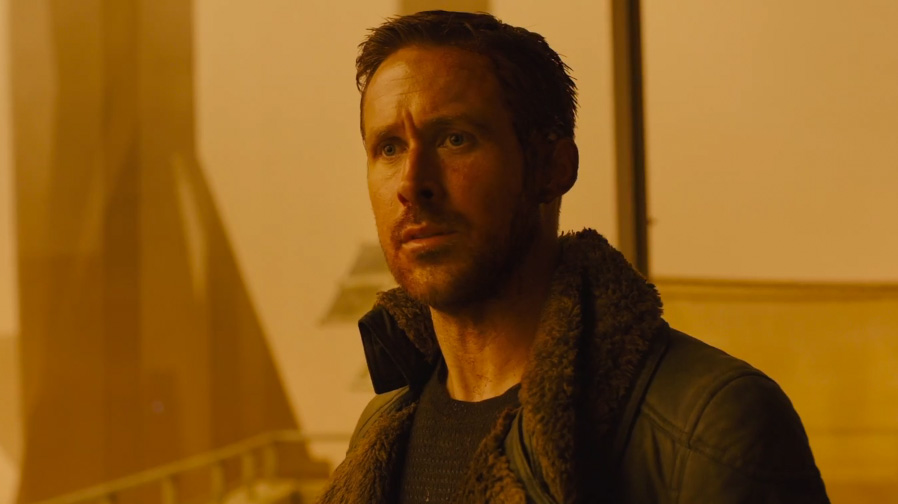
Ryan Gosling is usually not very good at the stoic leading man thing. He lacks the gravitas to make it work and he comes off more like a whiny baby when he tries to be a tough guy. So his casting was not necessarily the most welcoming decision with this movie. But thinking about it helped make sense out of it. This isn’t like he was going to try to be a copy of Han Solo or Indiana Jones or another heroic Harrison Ford role.
Deckard is not a typical hero. For the vast majority of the original’s run time, he gets his ass kicked by the replicants he’s hunting. He’s a more cerebral character, a weaker character than we were used to by Ford. So to have Gosling step in to fill that role was smart. But what was even smarter was that he is playing a flipside to Ford. Gosling is a replicant questioning his existence and whether or not he is human. Ford was a man waking up to remember his humanity, questioning the inhuman practices he was taking part in.
Gosling has a tricky role to play as we have to believe that he isn’t completely human but slightly yearns for it, and then believe the revelation that he may be more than human, and then buy his crushing disappointment at his truth, and then buy his sacrifice to overcome what everyone says he has to be. It’s a layered performance and one that helps us journey down this long and ponderous epic, as the whole movie is anchored by him. Miscasting this would have sunk the entire process and they hit gold with it.
7. Roger Deakins
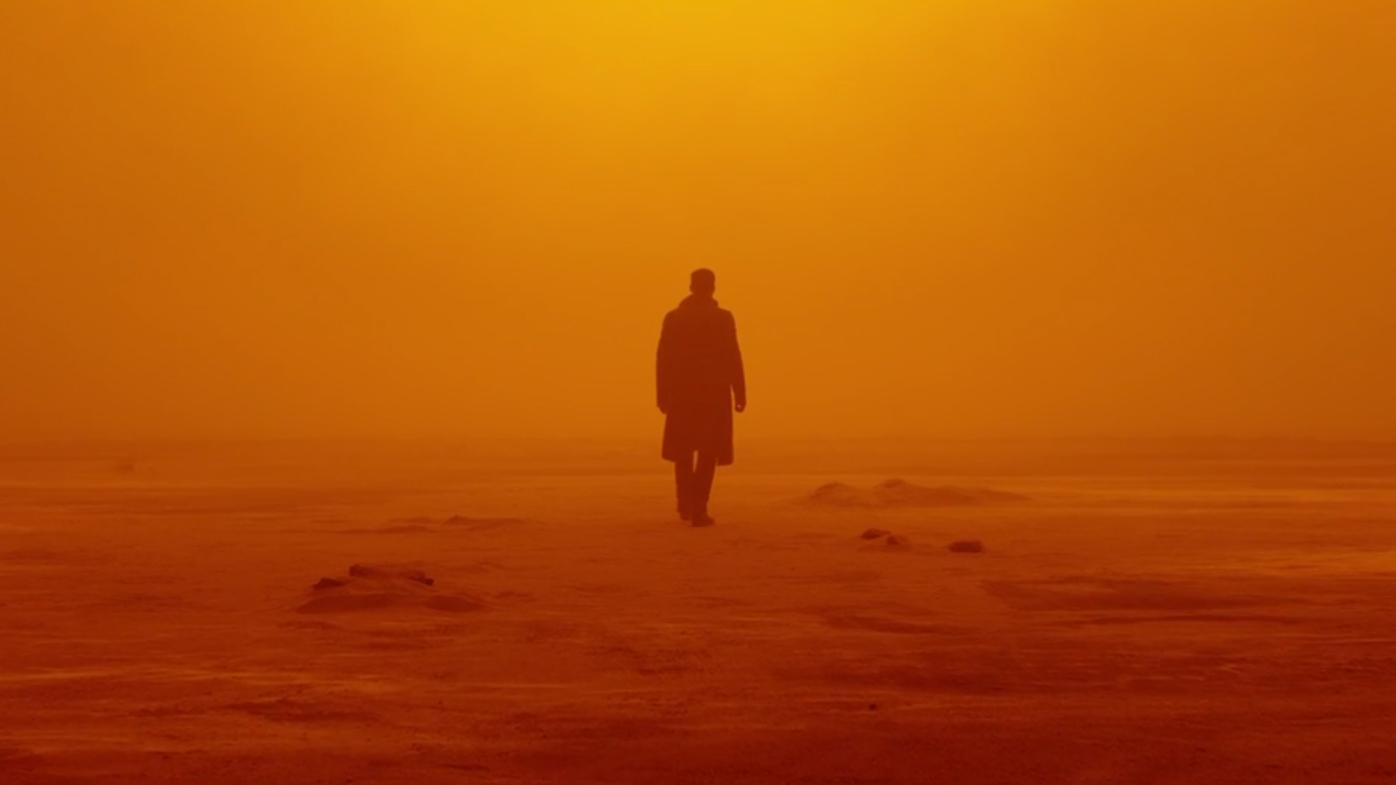
In terms of what “Blade Runner” gave the world of cinema, visuals are the biggest element. The look of that movie influenced so many works in its wake that it’s harder to find a sci-fi movie that isn’t influenced by it than is. So when making a sequel, you have to wonder if they’ll be able to keep it feeling like “Blade Runner” while feeling like that world 30 years later.
Getting Roger Deakins to film your movie is a pretty good way to settle any worries about that regard, since Deakins may be the best cinematographer in the game. His work is always lush and rich. He’s the best guy you were gonna get here and he does not disappoint. The movie is maybe the most gorgeous movie in years; sci-fi certainly hasn’t looked this good in quite some time.
The man’s style isn’t exactly the same as original movie’s director of photography Jordan Cronenweth. But he was able to capture the rain-soaked neon feel of that original movie and push it forward into the digital age. The blues and the oranges in this movie are overwhelming.
This truly feels like a cyberpunk noir the way the original did. The city feels like it has moved forward in many ways but also like it hasn’t. Like the world is falling apart and this city is the last bastion of humanity, so tech is moving forward but also left in the past. Deakins came in and killed it here.
6. The World Building
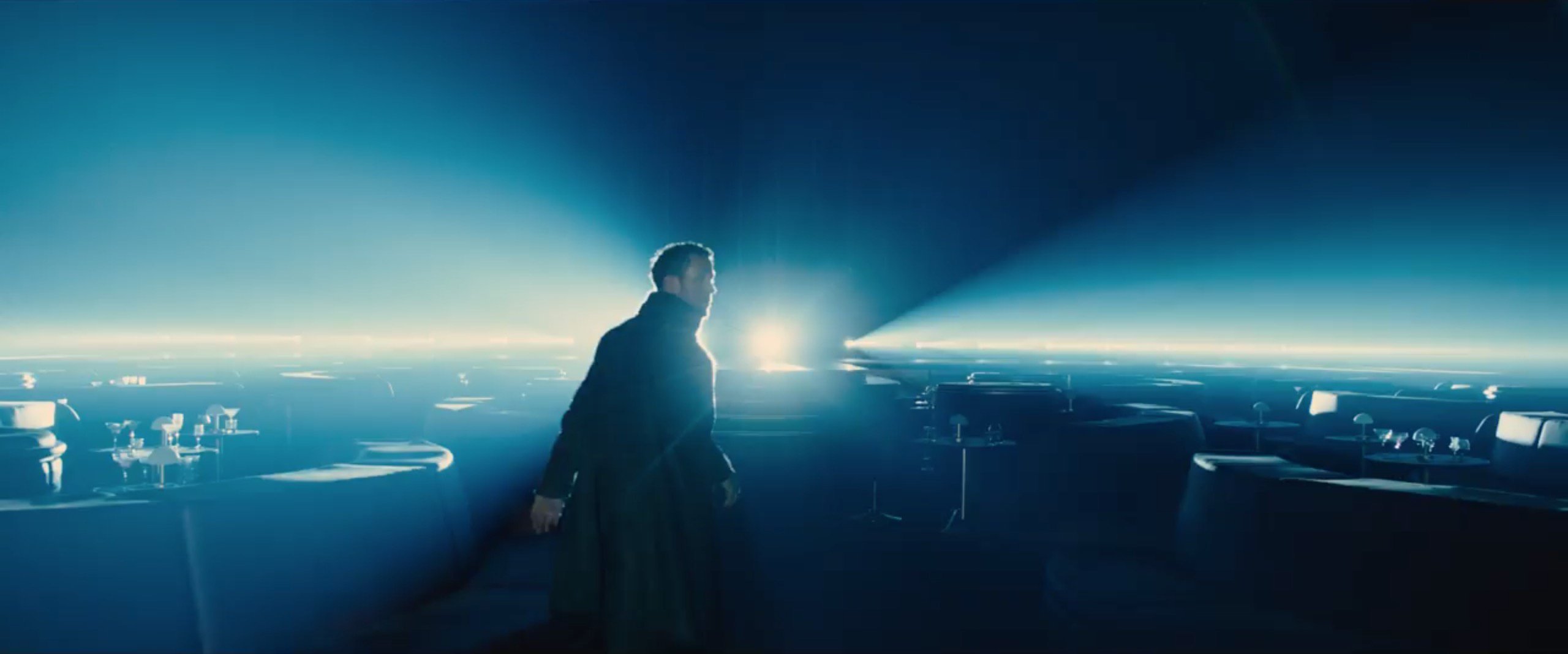
Any sci-fi series is dependent upon its world building. The audience needs to understand the fake world they are being thrust into, so it has to make sense. There has to be rules and they have to make sense and the movie has to follow those rules in order for us to suspend our disbelief. The original movie did that very well. It wouldn’t be a classic if it didn’t do so, no matter how nice it looked.
So for the sequel to come out after 30 years, it would need to feel like it’s in the same world we know but things have to have changed. We need to see what has changed. How is the world different after this long? And the movie does that very well. We get the sense of the change in replicant’s technology, how rebellion isn’t too much of a concern. How the world has sort of settled into a groove and is just coasting. How Jared Leto is a new type of capitalist fat cat, taking advantage of the world’s ills.
Thirty years ago wouldn’t have allowed Ryan Gosling in it. But as the world has kept falling apart, it needed him. It’s a canny way of building upon the bones of the past.